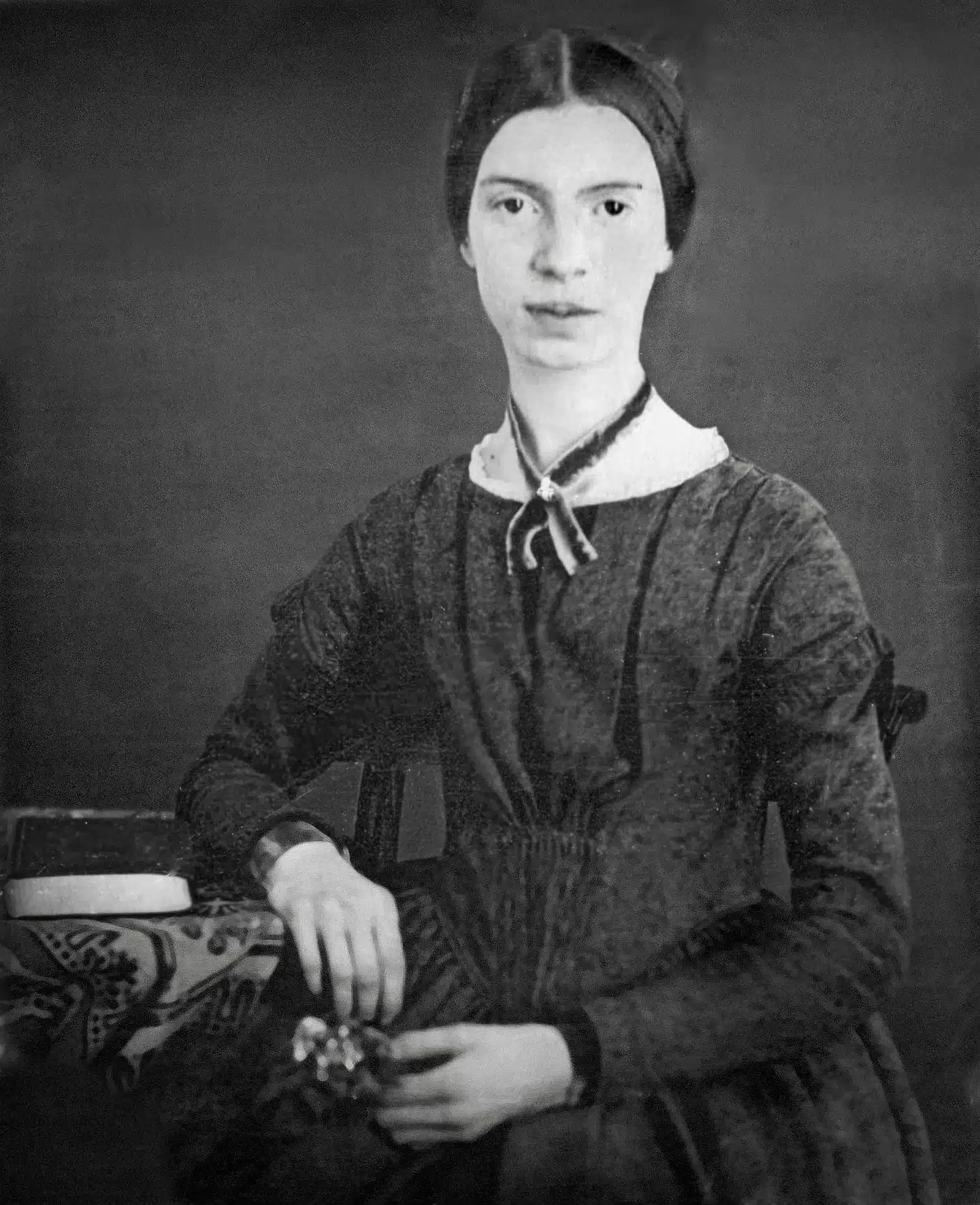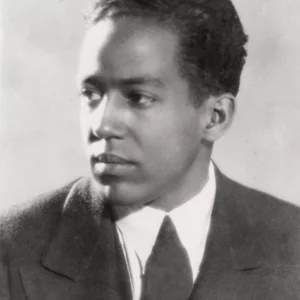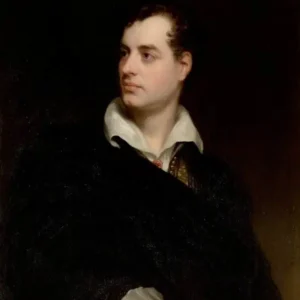Emily Dickinson, born on December 10, 1830, in Amherst, Massachusetts, is one of the most enigmatic and influential poets in American literature. Known for her reclusive lifestyle and her unique, unconventional poetic style, Dickinson’s work has left an indelible mark on the world of poetry. Despite her limited publication during her lifetime, her posthumous fame has established her as a central figure in American literature. This article delves into her life, work, and lasting impact.
Early Life and Education
Birth and Family Background
Emily Elizabeth Dickinson was born into a prominent family in Amherst. Her father, Edward Dickinson, was a successful lawyer and politician, and her mother, Emily Norcross Dickinson, was a homemaker. Emily was the second of three children, with an older brother, Austin, and a younger sister, Lavinia. The Dickinson family was well-respected in their community and provided a nurturing environment for intellectual pursuits.
Education and Early Influences
Emily’s early education took place at Amherst Academy, a local school where she excelled in various subjects, including literature, science, and mathematics. Her interest in poetry and writing was evident from a young age. In 1847, she attended Mount Holyoke Female Seminary (now Mount Holyoke College) for one year. The seminary’s rigorous academic environment and the religious fervor of its founder, Mary Lyon, had a profound impact on Dickinson, though she remained skeptical of organized religion.
The Reclusive Years
Return to Amherst
After her year at Mount Holyoke, Emily returned to Amherst and increasingly withdrew from social life. By her late twenties, she rarely left her family’s homestead and limited her interactions to a small circle of close friends and family. This period of seclusion allowed her to focus intensely on her writing, and it was during these years that she composed the majority of her poems.
Relationship with Thomas Wentworth Higginson
In 1862, Dickinson initiated a correspondence with Thomas Wentworth Higginson, a literary critic and editor, seeking his advice on her poetry. Higginson recognized her talent and provided encouragement, though he was often puzzled by her unconventional style. Their correspondence lasted for many years and offered Dickinson an important connection to the literary world outside her home.
Poetic Style and Themes
Unconventional Style
Emily Dickinson’s poetry is characterized by its distinctive style, which includes short lines, irregular rhyme schemes, and unconventional punctuation. She frequently employed dashes to create pauses and emphasize certain words or phrases. Her use of slant rhyme, where the sounds are similar but not identical, further sets her work apart from traditional poetry of her time.
Major Themes
Dickinson’s poetry explores a wide range of themes, including nature, death, immortality, love, and the inner self. Her work often reflects a deep contemplation of life’s mysteries and the human experience. Despite her reclusiveness, her poetry conveys a profound connection to the world around her and an acute sensitivity to the nuances of human emotion.
Nature
Nature is a recurring theme in Dickinson’s poetry, serving as both a source of inspiration and a metaphor for larger existential questions. Her keen observations of the natural world reveal her appreciation for its beauty and complexity.
Death and Immortality
Dickinson’s fascination with death and immortality is evident in many of her poems. She approached the subject with curiosity and a sense of wonder, often pondering the afterlife and the nature of existence. Her poem “Because I could not stop for Death” is a prime example of her exploration of this theme.
Love and Relationships
While Dickinson’s personal life was marked by seclusion, her poetry delves deeply into the theme of love and relationships. Her work reflects a range of emotions, from passionate longing to contemplative introspection. The intensity and complexity of her poetic expression suggest a rich inner emotional life.
Publication and Posthumous Fame
Limited Publication during Lifetime
During her lifetime, Emily Dickinson published only a handful of poems, and those that were published were often heavily edited to conform to conventional standards. The limited recognition she received did not deter her from writing, and she continued to produce a prolific body of work.
Discovery and Publication of Poems
After Dickinson’s death on May 15, 1886, her sister Lavinia discovered an extensive collection of nearly 1,800 poems in Emily’s room. Recognizing their value, Lavinia sought to have them published. The first volume of Dickinson’s poems was published in 1890, edited by Thomas Wentworth Higginson and Mabel Loomis Todd. Despite the editorial alterations, the collection garnered significant attention and acclaim.
Restoration of Original Work
In the 1950s, editor Thomas H. Johnson published a comprehensive edition of Dickinson’s poems that aimed to preserve her original style and punctuation. This edition provided a more authentic representation of her work and solidified her place in the literary canon.
Personal Life and Relationships
Family and Friends
Despite her reclusiveness, Emily Dickinson maintained close relationships with her family and a few select friends. Her correspondence with her sister-in-law, Susan Gilbert Dickinson, and her friendship with the Reverend Charles Wadsworth were particularly significant. These relationships provided emotional support and intellectual companionship.
Love and Mystery
The nature of Dickinson’s romantic life remains a subject of speculation and intrigue. While there is evidence of intense emotional connections in her letters and poems, the identities of her possible romantic partners are not definitively known. Some scholars suggest that Wadsworth or Samuel Bowles, the editor of the Springfield Republican, may have been significant figures in her life.
Legacy and Influence
Impact on American Poetry
Emily Dickinson’s innovative style and profound themes have had a lasting impact on American poetry. Her willingness to experiment with form and language paved the way for future poets to explore new possibilities in their work. Her introspective and contemplative approach to writing continues to resonate with readers and writers alike.
Influence on Modern Poets
Modern poets, including Sylvia Plath, Robert Frost, and Adrienne Rich, have drawn inspiration from Dickinson’s work. Her exploration of personal and universal themes has made her a touchstone for poets seeking to express the complexities of the human experience.
Cultural and Academic Recognition
Today, Emily Dickinson is celebrated as one of America’s greatest poets. Her work is studied in schools and universities around the world, and her poems are widely anthologized. The Emily Dickinson Museum in Amherst, located in her family homestead, preserves her legacy and offers insights into her life and work.
Conclusion
Emily Dickinson’s life and poetry are a testament to the power of introspection and the written word. Her reclusive nature and unique poetic voice have made her an enduring and enigmatic figure in American literature. Despite the challenges she faced in gaining recognition during her lifetime, her work has achieved lasting fame and continues to inspire and captivate readers. As the Recluse Poet of Amherst, Emily Dickinson’s legacy endures, reminding us of the beauty and depth that can be found in solitude and self-expression.


